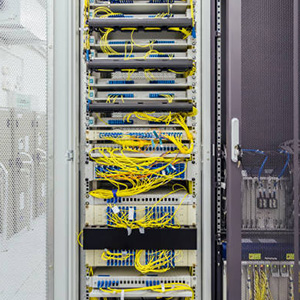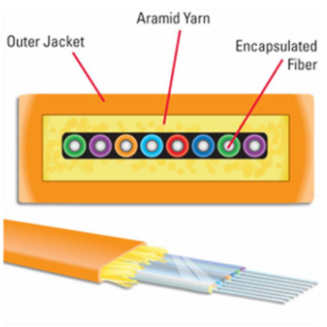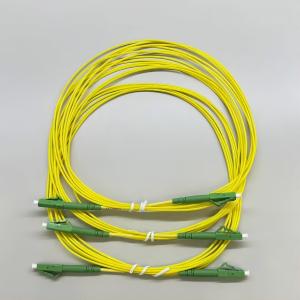MPO—short for Multi-fiber Push On—has risen to prominence as a pivotal optical connector in high-speed telecommunications and data communications networks. MPO Connector has earned its place within the IEC 61754-7 and TIA 604-5 standards, initially serving as a backbone for telecommunications systems, particularly in central and branch offices. Its footprint has since expanded to high-performance computing (HPC) labs and enterprise data centers, although it’s now seeing competition from the more cost-effective MXC optical connectors in cloud data centers, where the environment is more controlled compared to the stringent Telcordia testing and validation requirements.
The Evolution of MPO Connectors
Over time, the MPO connector family has undergone significant evolution to accommodate a diverse array of applications and packaging specifications. What began as a single-row, 12-fiber connector has now transformed to include 8 and 16 fiber single-row types. These can be ingeniously stacked to form 24, 36, and 72 fiber connectors, utilizing multiple precision ferrules. However, the wider rows and stacked ferrules have occasionally faced challenges with insertion loss and reflection due to the difficulty in maintaining alignment tolerances for outer fibers compared to the center ones.
Enhanced Precision with MTP Elite
In response to these challenges, USCONEC, a leading MPO supplier, and others have introduced a higher precision ferrule and alignment system known as MTP Elite. This advanced version offers improved performance over the standard MTP ferrule and connector housing, albeit at a premium price point.
Optical Loss Budgets and Connector Selection
The choice between premium and standard MPO connectors is influenced by optical loss budgets and the frequency of connections between active equipment types. Traditional telecom infrastructure connectivity systems, which involve numerous passive optical connections, contrast with newer cloud data centers that predominantly feature short intra-rack and intra-row connections between just two devices.
Compact Connector Housings for Dense Data Centers
Cloud data center racks and rows of racks demand higher density packaging systems, leaving less space for connector plugs compared to telecom wiring cabinets and racks. This demand has spurred the development of mini-MPO and micro-MPO connector housings to compete with the smaller MXC housing. At this year’s OFC conference and exhibition, Senko and other suppliers unveiled new, even more compact MPO products, designed to navigate confined routing channels with the aid of more flexible strain-reliefs and newer bend-insensitive fiber types for both single-mode and multimode fibers.
Innovative Designs for Specialized Applications
Industrial automation systems and data centers have also reaped the benefits of innovative designs, such as circular and rectangular plastic over-shells. Specialized sectors like mining and military utilize MPOs embedded within circular metal shells for added durability.
Color-Coding for Enhanced Visibility
The introduction of newer fiber types, such as 10G performance MMF OM4, has seen the implementation of color-coded housings, like aqua, to facilitate easier identification within the rack.
Competing Connector and Cabling Systems
Beyond the MXC system, other emerging connector and cabling systems include the use of single multi-core fibers with LC connectors, which can contain up to 12 or more cores. The Valdor circular 7-fiber ferrule, designed to fit within the SC or LC connector housing, and the newer E-Shield 19 and 37 fiber circular ferrules, compatible with SC or LC housings, offer improved insertion loss performance compared to the linear single-row 16-fiber MPO system.
Conclusion: A Future of Expanding Possibilities
MPO connectors are poised to continue their success across various market segments, even as newer multi-fiber connectors expand their usage, product features, and application options, ensuring a future of innovation and adaptation in the field of optical connectivity.










